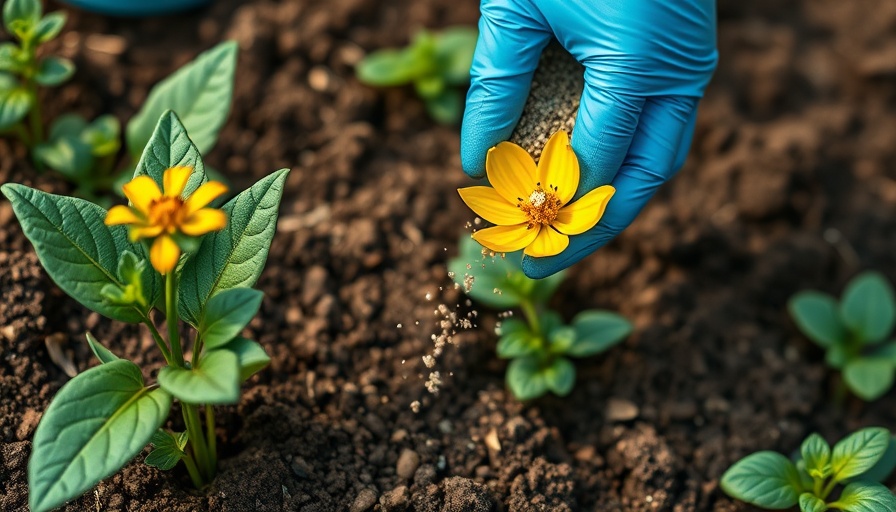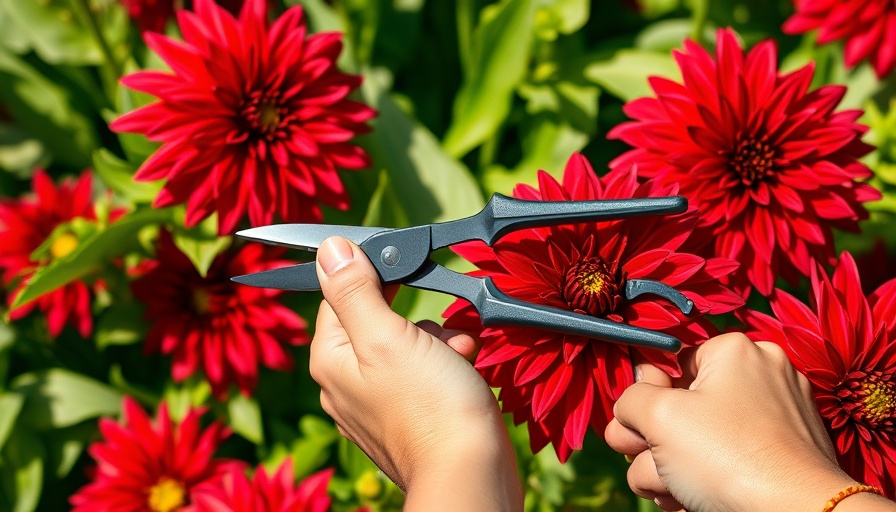
Understanding Fertilization Timing for Garden Plants
As summer wanes and fall approaches, many gardening enthusiasts ponder how to best nurture their plants. Fertilizing at this time can be beneficial, but it’s essential to know which plants to avoid feeding in August. While it is advantageous to fertilize fall vegetables and late-season annuals, some plants, like lilacs and perennials, need to be left undisturbed as they prepare for colder months.
Introducing Plants That Shouldn't Be Fertilized
One of the primary culprits that shouldn't be fertilized in August is the lilac, a beloved shrub that graces many gardens with its fragrant spring blooms. Fertilizing lilacs late in summer can inadvertently stimulate new growth that is susceptible to frost. These plants bloom on old wood, so feeding them at this time can disrupt bud formation for the next growing season. Instead, it's best to wait until spring for a feeding of compost, ensuring healthy blooms for the upcoming year.
Other plants that would not benefit from late summer fertilization include:
- Astilbe: This stunning perennial thrives in moist environments and doesn't require additional nutrients in late summer. Providing fertilizer at this stage could lead to weak, frost-sensitive growth.
- Hostas: Though these shade-loving plants need nutrients, fertilizing them in late summer risks new growth that will be damaged by winter cold.
- Peonies: Feeding these hardy perennials can disrupt their natural dormancy cycle. Late fertilization can result in less flowering in spring.
The Importance of Timing in Garden Care
Understanding the right time to fertilize is fundamental to successful gardening. As noted, August can be a slippery slope for many plants, leading to budding disruptions and susceptibility to harsh winter conditions. To maintain the health of your garden, timing your fertilization efforts with the life cycles of your plants can lead to bountiful blooms and vibrant foliage.
Plant Care Tips for Late Summer
Instead of fertilizing these sensitive plants, focus on other care strategies. Here's what you can do to protect and nurture your garden as the days grow shorter:
- Mulching: Applying a layer of mulch around your plants can help retain moisture and suppress weeds while protecting the roots from temperature swings as fall starts to set in.
- Pruning: If necessary, lightly prune spent blooms from perennials to encourage tidy growth and help plants conserve energy as they head towards dormancy.
- Soil Testing: Consider assessing the nutrient levels in your garden soil. This can help you determine if amendments or fertilizers are needed during the spring for optimum growth.
Preparing for Fall: Nurturing with Intent
As a homeowner and gardening enthusiast in Muskegon, planning your garden activities is crucial. Engaging in timely actions such as mulching, pruning, and pausing fertilization can set your garden up for success as you transition into cooler months. Consider starting a backyard planting box or constructing outdoor soil beds as fall approaches to re-establish your garden's foundation.
Furthermore, local resources, including recommendations for mulch and soil amendments, can significantly help you prepare your garden for beautiful blooms in the spring. Reaching out to community gardening groups or local experts can also empower you with more knowledge on how to properly care for your plants without unnecessary measures.
Take Action for a Healthy Garden
As summer comes to an end, remember not to fertilize the wrong plants. Instead, focus on protective measures to ensure your garden remains healthy and vibrant. For more in-depth support, your 5-star rated local lawn care service, Norther-LawnCare.com, is just a call away at 231-450-3414. Get expert help to keep your space beautiful year-round!
 Add Row
Add Row 
 Add
Add 


Write A Comment